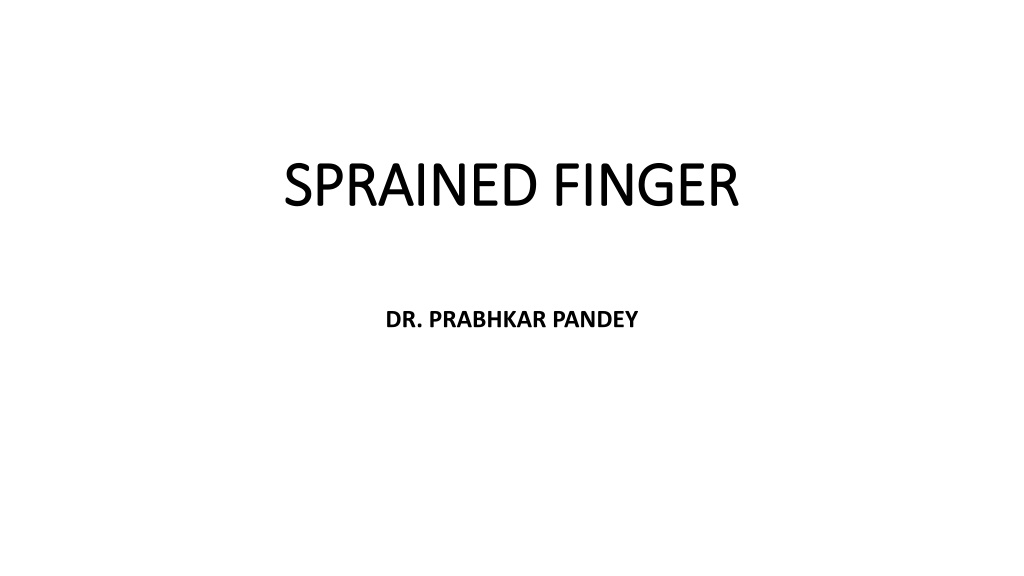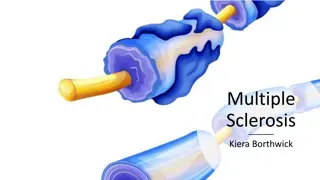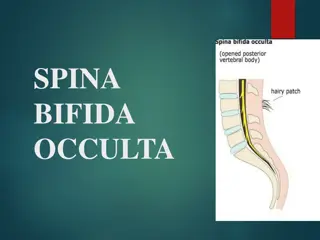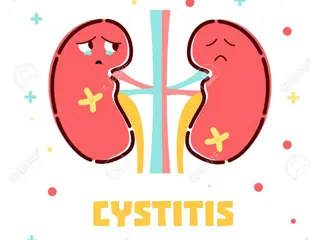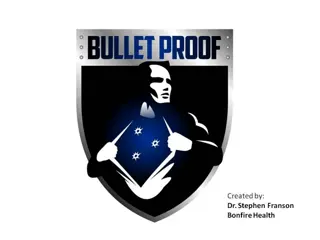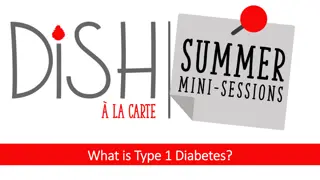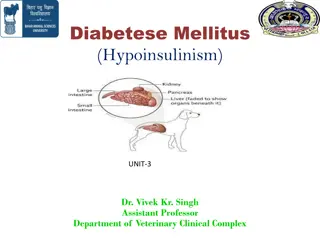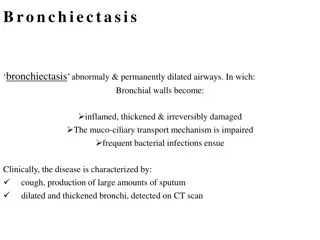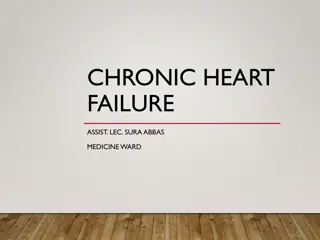Understanding Sprained Fingers: Causes, Symptoms, and Treatment
A sprained finger occurs when ligaments are torn or stretched, leading to pain, swelling, and limited mobility. Sprains can range from mild to severe, with varying symptoms and degrees of instability. Common causes include physical impact or sports injuries, such as basketball. Diagnosis involves observing symptoms and seeking medical attention if home treatment is ineffective. Treatment may include rest, ice, compression, and elevation (RICE), or more advanced interventions depending on the severity of the sprain.
Download Presentation

Please find below an Image/Link to download the presentation.
The content on the website is provided AS IS for your information and personal use only. It may not be sold, licensed, or shared on other websites without obtaining consent from the author. Download presentation by click this link. If you encounter any issues during the download, it is possible that the publisher has removed the file from their server.
E N D
Presentation Transcript
SPRAINED FINGER SPRAINED FINGER DR. PRABHKAR PANDEY
What is a sprain? A sprain is an injury that occurs when ligaments are torn or stretched. Ligaments are the bands of tissue that connect joints together. Sprains are extremely common injuries. While they are especially common in athletes that participate in sports involving catching or throwing balls, anyone can sprain a finger relatively easily.
What are the symptoms of a sprain? General symptoms of sprains are pain, swelling, limited mobility, and bruising. There are three different grades of sprains. Each grade has its own specific version of these symptoms. First-degree sprain A first-degree sprain is the mildest. It involves ligaments that are stretched but not torn. Symptoms include: some localized pain and swelling around the joint a restriction in the ability to flex or extend the finger The strength and stability of the finger and joint are not affected.
Second-degree sprain A second-degree sprain is considered a moderate sprain, where more damage is done to the ligament. Damage may be done to the joint capsule, too. This may include a partial tear of the tissue. Symptoms include: more intense pain more significant swelling, which may extend to the full finger limited range of motion that may affect the entire finger, not just one joint mild instability of a joint Third-degree sprain A third-degree sprain is the most severe type of sprain. It indicates a severe tearing or rupture of the ligament. Symptoms may include: full or partial dislocation of the finger severe pain and swelling instability of the full finger discoloration of the finger
What are the causes of a sprained finger? Sprained fingers are caused by physical impact to the finger. In most cases, sprains are caused by a blow to the end of a finger, which reverberates up to the joint and causes it to become hyperextended. This stretches or tears the ligaments. Sports injuries are extremely common causes of sprained fingers. This is especially true for sports like basketball. If the player just barely misses the ball with the tips of their fingers, they could sprain them. That being said, anyone could sprain a finger just by hitting it the wrong way on the counter or breaking a fall.
How is a sprained finger diagnosed? If you think that you have a mild sprain, there s no need to see a doctor at first. If home treatment hasn t helped and you have no improved mobility after three or four days, though, make an appointment just to double check. Second- and third-degree sprains may require the attention of a doctor. They ll inspect the joint and ask you to flex and extend your finger so they can evaluate its function and mobility. They may order an X-ray to check for fractures and evaluate the extent of the damage.
How are sprained fingers treated? To treat a sprained finger at home, RICE is the first step you ll take. RICE stands for rest, ice, compression, and elevation. You ll need to rest the joint and apply ice packs on (and then off) for 20 minutes at a time. Never apply ice directly to the skin; wrap the ice pack in a towel. You can also submerge the joint in cool water. The cold can help reduce swelling and pain. Compress the affected joint by wrapping it, and keep it elevated. Compression and elevation both help to reduce swelling. Elevation is especially important at night. In addition to RICE, you can take over-the-counter pain relievers like ibuprofen (Advil) or acetaminophen (Tylenol) every eight hours. If the sprain is severe enough, your doctor might immobilize the finger with a splint, which can help ensure that it heals correctly. In rarer cases that include severely torn ligaments, your doctor may need to operate on the ligament to repair it.
